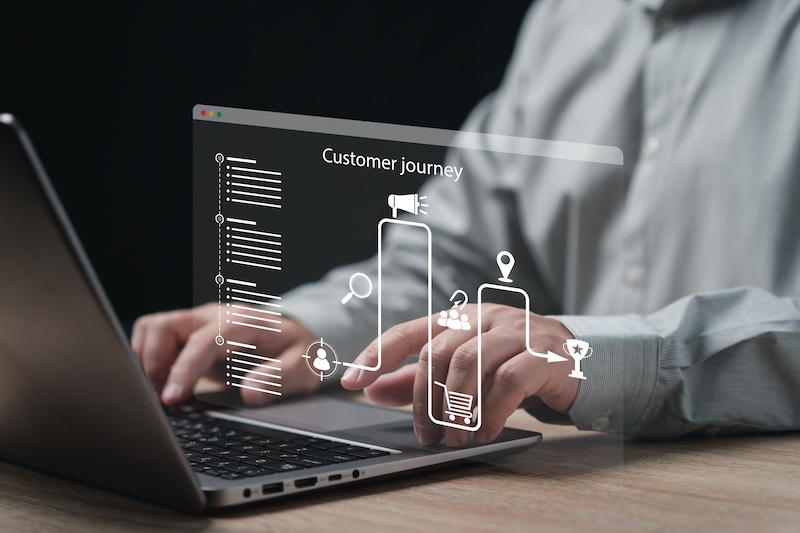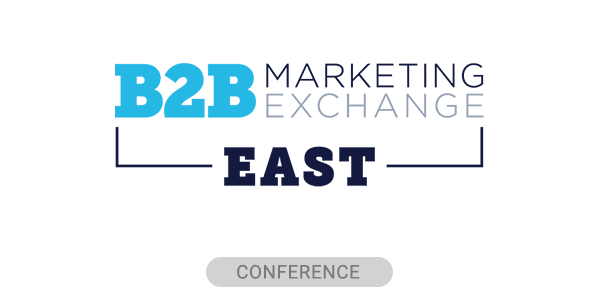As the recent 2025 Demand Generation Report Benchmark survey showed, scaling personalization is a top priority for B2B marketers. But there are pitfalls that need to be monitored to ensure a positive customer experience.
Personalized marketing generates negative experiences for 53% of customers, who were three times more likely to regret a purchase and 44% less likely to purchase again in the future, according to a survey by Gartner.
The survey of 1,464 B2B buyers and consumers across North America, the U.K., Australia and New Zealand found customers who experienced personalization in a recent purchase journey were 1.8x more likely to pay a premium but were simultaneously 2x more likely to feel overwhelmed by the volume of information they received. Moreover, an additional 2.8x were more likely to feel time pressure to move forward.
Key Personalization Turning Point
“While personalization has proven to be commercially valuable for some customers, it’s crucial to recognize that it doesn’t resonate with most,” said Audrey Brosnan, Senior Director Analyst in the Gartner Marketing Practice when presenting the findings at the Gartner Marketing Symposium/Xpo.
The inflection point for personalization is seen when customers switch tasks in their buying journey, such as transitioning from searching to selecting a product. This shift can be challenging for most B2B buyers. During these moments, personalized offers and product recommendations may fall short, as they appear irrelevant to buyers who are grappling with challenges more complex than the offer itself.
Attaining that ROI
According to the research, course-changing personalization significantly outperforms traditional “next best action” recommendations for customers in pitfalls. Customers engaged via active personalization are 2.3x more likely to confidently complete critical purchase decisions, generating substantial improvement in customer satisfaction and marketing ROI.
“More than half of customers feel overwhelmed or rushed by traditional personalization tactics at least once in a purchase journey, when cognitive, emotional and social challenges are difficult to resolve,” said Brosnan. “Personalized offers at these moments can harm customers, highlighting the need for marketers to adopt more nuanced and adaptive strategies that cater to diverse customer needs, like escaping the pitfalls of task switching.”
Brosnan noted that CMOs must address personalization for the coming era of two-way, artificial intelligence (AI)-enabled, conversational experiences as passive personalization tactics alone no longer suffice and can actually inadvertently intensify the negative emotions that customers experience when trapped in decision-making pitfalls.
“CMOs must pivot toward active, course-changing personalization that reveals customers’ hidden needs, validates their decisions and pulls them from pitfall to purchase,” she stated.
Growth Strategy for CMOs
CMOs looking to get the most out of their marketing budgets and enhance the impact of personalization should focus on this strategic shift. Brosnan is recommended to take immediate practical steps:
- Actively Counter Journey Pitfalls: Target active personalization strategies at crucial moments where customers transition between tasks and frequently encounter obstacles, as passive tactics can be more detrimental than beneficial in these situations.
- Catalyze Emotional Change: Employ interactive experiences like quizzes, gamified assessments, and guided digital interactions that reveal unique customer attributes and motivate customers to clarify their goals; and
- Embrace Customer Co-Creation: Encourage customers to directly share personal preferences and context that co-create personalized paths to purchase and loyalty.
For CMOs, leveraging active personalization strategies at key customer journey transition points will achieve deeper customer engagement, enhanced brand loyalty, and superior commercial outcomes
“This approach allows marketing leaders to embed a growth loop in customer engagement,” said Brosnan. “Active personalization acts as a flywheel, motivating customers in the moment and revealing unique insights (also called zero-party data) that sustains and accelerates the flywheel with each successive engagement.”







